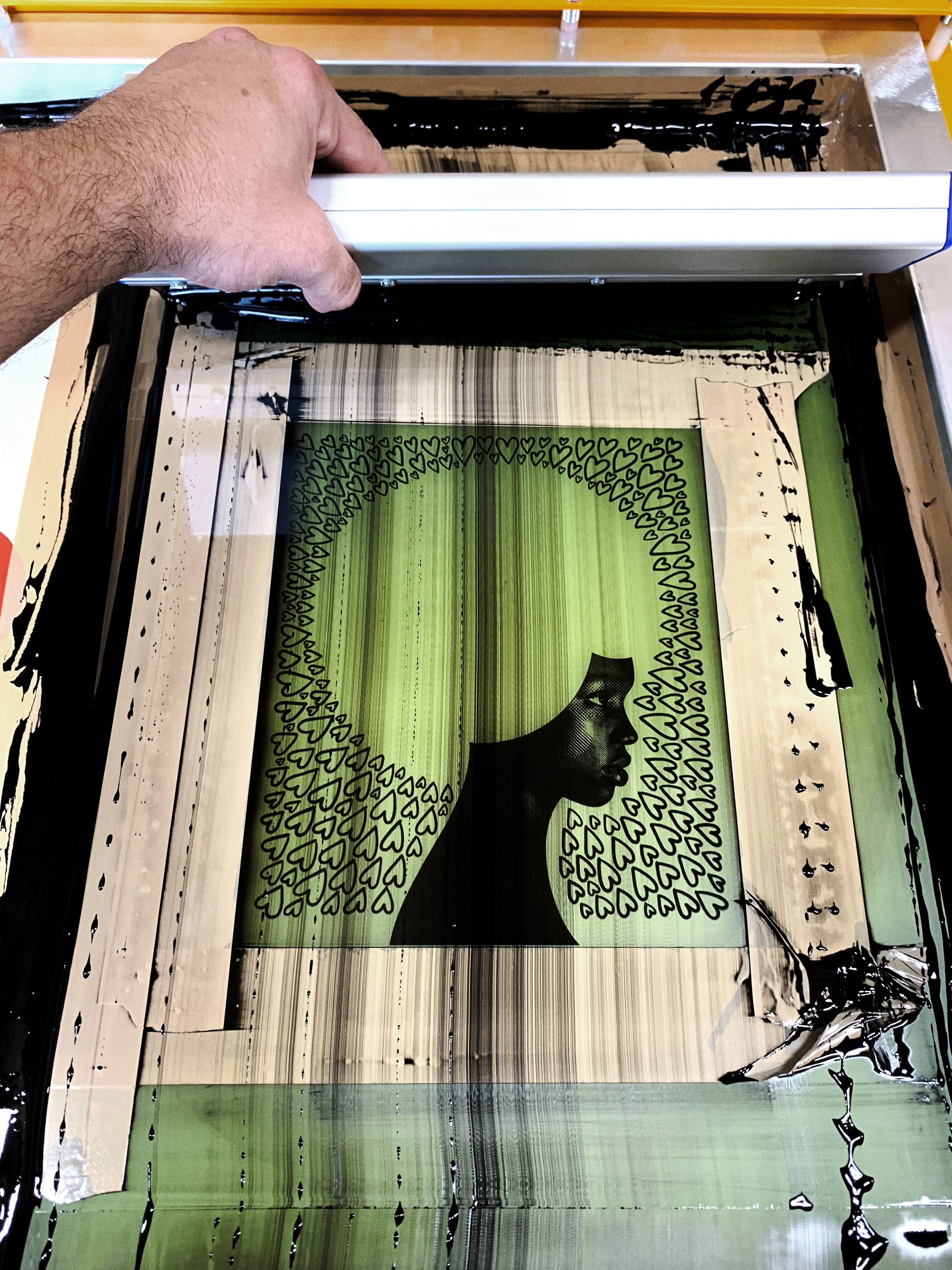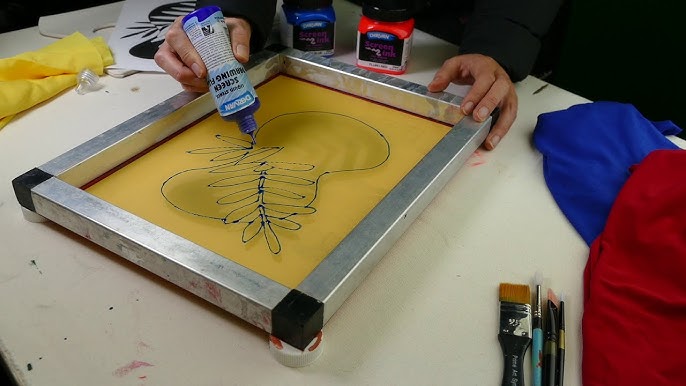ChatGPT said: How 10:9 Design Screen Printing can elevate your event presence
The Essential Overview to Comprehending Screen Printing and Its Versatile Makes use of
Screen printing has an abundant history that goes back to ancient times, progressing into an advanced strategy utilized throughout various industries today. This overview explores the details of the screen printing procedure, detailing its applications in home, fashion, and advertising and marketing style - 10:9 Design Texas. Understanding these basics can open up creative capacity for both artistic and commercial jobs. The adhering to sections will reveal essential tips and methods to improve one's screen printing ventures
The Background of Screen Printing
Although screen printing has roots that trace back centuries, its evolution mirrors the imaginative and technological developments of numerous societies. Coming from ancient China, the strategy was originally used for enhancing fabrics and later infect Japan, where it became essential to Ukiyo-e woodblock printing. The method changed to Europe in the 18th century, where it acquired popularity amongst artisans and industrial printers. The creation of photo solution in the 20th century revolutionized screen printing, enabling for even more intricate layouts and greater performance. Artists like Andy Warhol further thrust its popularity, making use of the tool to produce iconic jobs that blended commercialism and great art. By the late 20th century, screen printing had actually established itself as a versatile method, utilized in style, advertising and marketing, and fine art. Today, it proceeds to evolve, integrating electronic technology and broadening its applications throughout numerous sectors.
The Screen Printing Refine Explained
Screen printing changes imaginative visions into substantial layouts with a collection of accurate actions. Originally, an image is produced and after that transferred onto a screen, typically made of great mesh fabric stretched over a framework. A light-sensitive emulsion is put on the screen, which is exposed to light, setting in locations not covered by the photo. After cleaning out the unhardened solution, a pattern is formed.
Next, the screen is placed over the substrate, whether it be material, paper, or an additional product. Ink is after that pushed through the open areas of the pattern using a squeegee, depositing the style onto the substrate listed below. This procedure can be duplicated for numerous shades, calling for different displays for each and every shade. Ultimately, the published thing is healed using warm to ensure the ink sticks effectively, resulting in a sturdy, dynamic style ready for use.
Sorts Of Screen Printing Techniques

Additionally, specialized strategies, such as discharge screen printing, remove color from the fabric to create softer prints, while foil screen printing applies metallic aluminum foil to achieve a shiny surface (10:9 Design Abilene). Each technique provides unique qualities, dealing with numerous imaginative demands and manufacturing scales, ultimately broadening the opportunities within the screen printing domain
Applications of Screen Printing in Different Industries

Furthermore, the signage and marketing industries utilize screen printing for creating attractive display screens and banners. This technique enables vibrant shades and intricate designs that capture interest. In electronics, screen printing is employed for applying conductive inks to motherboard, important for element connections. In addition, the home décor sector accepts screen printing to produce distinctive styles on fabrics and wall art. Generally, screen printing acts as a crucial device across varied areas, improving items with customized and aesthetically appealing graphics.
Tips for Successful Screen Printing Projects
While embarking on a screen printing project, mindful attention to information can substantially boost the last result. Choosing top quality materials is essential; this includes the screen, inks, and substratums. Making use of suitable mesh counts can affect ink deposition and detail resolution. Preparation is just as important; complete cleansing of screens and proper exposure times ensure crisp prints.
Next off, exact enrollment is crucial for multi-color prints. Using placement devices can help achieve accurate layering. In addition, screening prints on scrap materials before manufacturing helps determine potential problems without throwing away sources.

Frequently Asked Concerns
What Products Are Best for Screen Printing on Textile?
Cotton and polyester blends are optimal for screen printing on material as a result of their resilience and ink absorption. Furthermore, specialized textiles like silk or canvas can generate distinct textures and coatings, enhancing the general layout quality.
How Do I Clean and Maintain Screen Printing Devices?
To maintain and clean up screen printing devices, one ought to consistently wash displays with appropriate solvents, examine mops for wear, oil moving parts, and store all products in a completely dry, dust-free setting to lengthen their lifespan.
What Are the Environmental Effects of Screen Printing?
Screen printing can have substantial ecological impacts, including chemical waste from inks and solvents, water use throughout cleaning processes, and power intake. Environmentally friendly materials and lasting practices are necessary for minimizing these negative impacts.
Can Screen Printing Be Done in your home Efficiently?
Screen printing can be successfully done at home with the best materials and methods. Hobbyists can create top quality prints, though success depends upon their skill more info level, equipment, and understanding of the procedure entailed.
What Are the Expenses Related To Beginning a Display Printing Organization?

Beginning a screen printing organization entails expenses for devices, materials, and workspace. First expenditures commonly vary from a few hundred to several thousand dollars, depending on the range, quality of equipment, and desired manufacturing capacity.
Screen printing has a rich background that dates back to ancient times, advancing into an innovative technique made use of across various markets today. One more strategy, rotating screen printing, employs round screens, promoting constant printing on textile rolls, consequently enhancing effectiveness for large productions. Furthermore, specialty strategies, such as discharge screen printing, get rid of dye from the fabric to create softer prints, while foil screen printing uses metallic foil to attain a glossy coating. In the fashion market, screen printing is extensively utilized to produce dynamic designs on clothing, enabling brand names to display their special designs. Cotton and polyester blends are perfect for screen printing on material due to their durability and ink absorption.